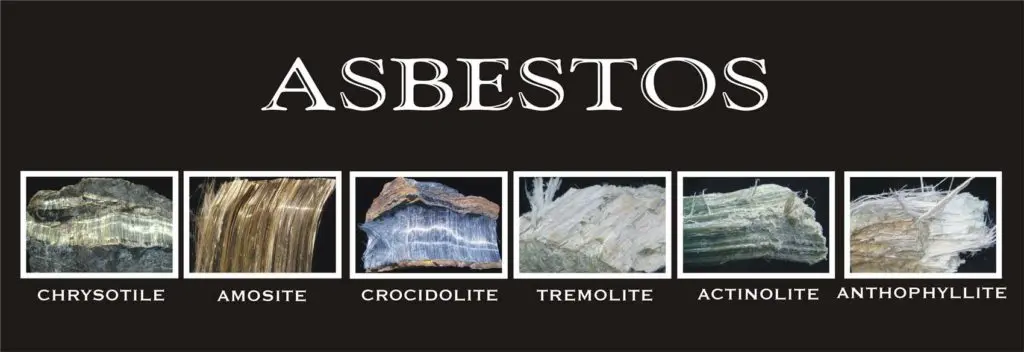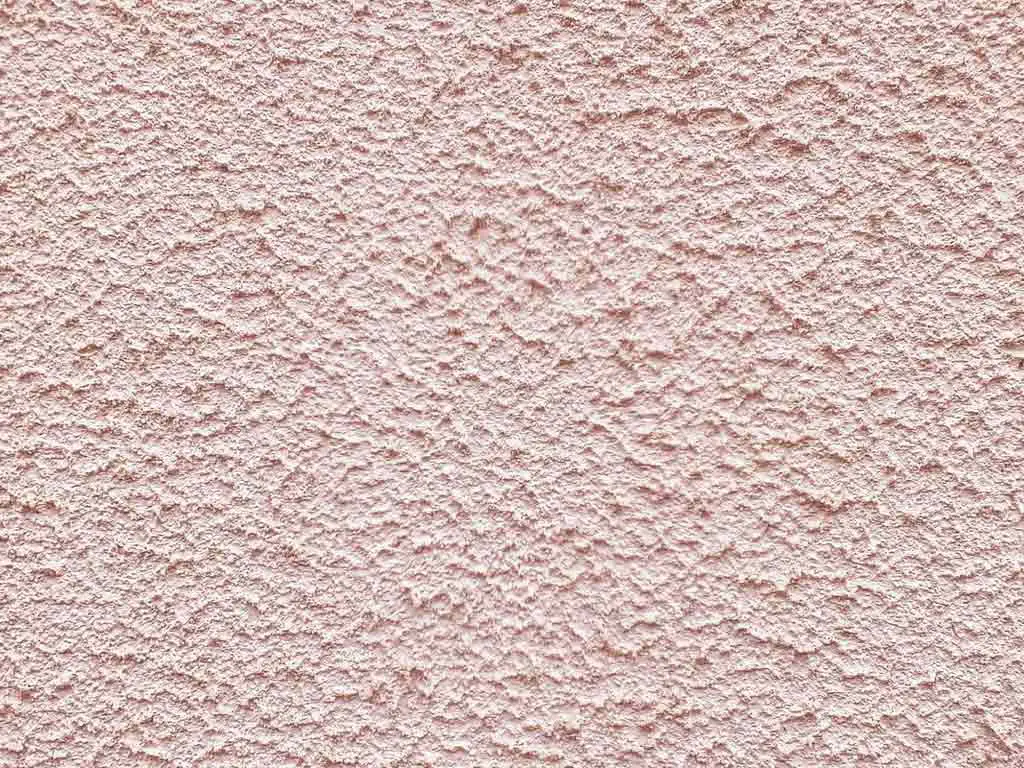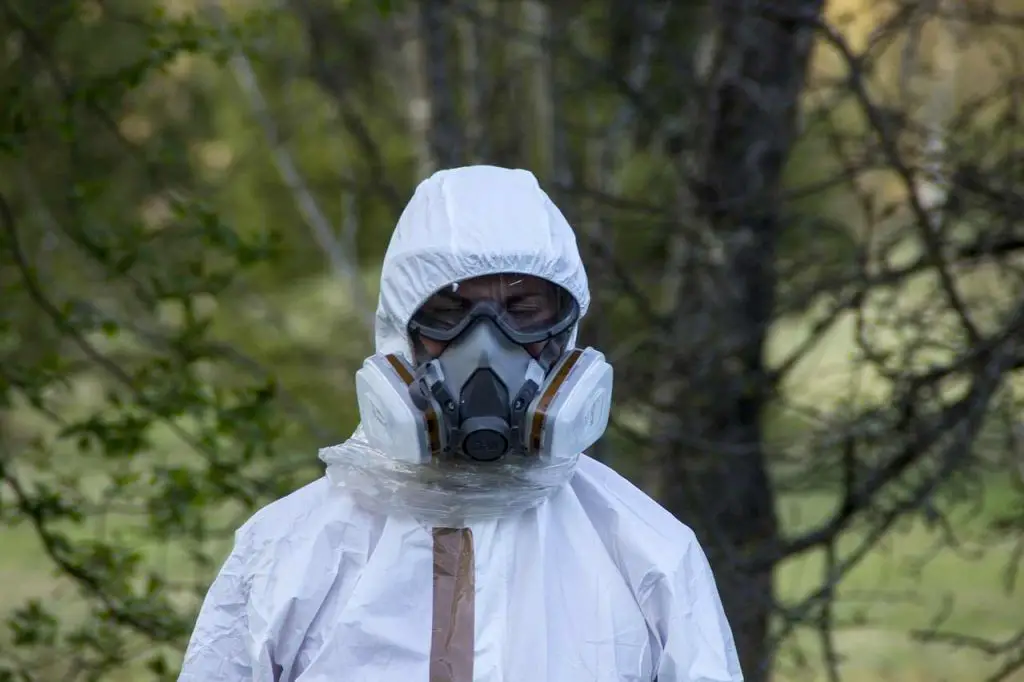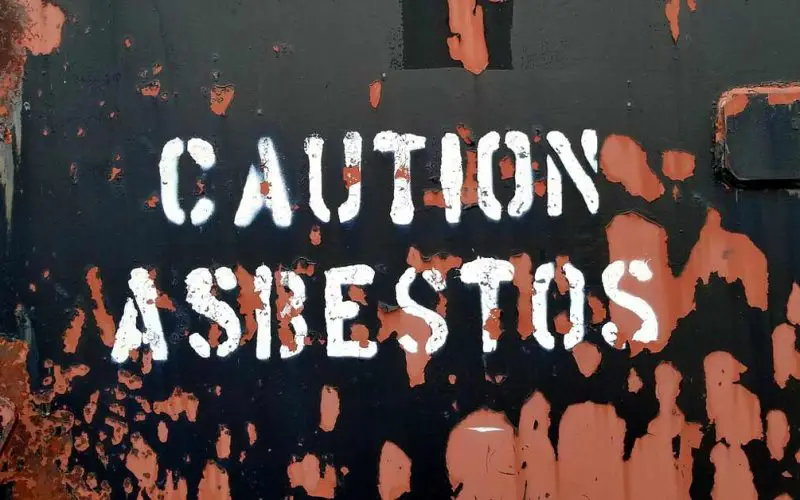Table of Contents Show
What is Asbestos?
Asbestos is a group of natural mineral fibers that are known for their strength and marvelous fire and chemical-resistant properties.
These qualities have allowed for asbestos to be used as a strengthening agent in plastics and cement; as well as a material for fireproofing, insulation, and sound absorption.
Did you know? Asbestos exposure is the No.1 cause of work-related deaths around the world.
Navigation:
Health Effects of Asbestos Exposure
How to reduce your exposure to asbestos?
Types of Asbestos
Asbestos occurs is found in 6 different forms around the world.
- Chrysotile (White Asbestos)
- Crocidolite (Blue Asbestos)
- Amosite (Brown Asbestos)
- Anthophyllite
- Tremolite
- Actinolite
Chrysotile is the most common type of Asbestos found around the world; Around 95%. It’s actually the asbestos in popcorn ceiling.
What does Asbestos look like?
While reading the types of Asbestos, indentifying asbestos seems like a no-brainer!
While raw asbestos can somewhat be differentiated on basis of color (as i’ll show you ahead); Asbestos mixed in with paint, cement, plastics or other construction materials is very difficult to identify.

The sad part is; Even though raw asbestos looks like that, excessive asbestos used in construction materials during 1900s is blended so you can’t distinguish asbestos from the paint or cement.
For example, Asbestos in popcorn ceilings is not at all identified just by looking at the ceiling. That’s the case with every other material with asbestos mixed in.
P.S: If you think Asbestos has a smell, Think Again!
If you enter a home made of different asbestos materials infused into the ceiling, walls and paintwork; you wouldn’t notice it. Even if you were to start drilling into those walls, the fibers would smell just like dust.
Let me tell you a few more things before we end this article with how to test your home for Asbestos.
Asbestos in Popcorn Ceilings
Popcorn ceiling is a slang word for stipple ceiling or stucco ceiling. It’s simply a ceiling modified with spray-on or paint-on treatment.

It became a trend around late 1900s due to it’s bright appearance, ability to hide paint cracks and better sound absorption.
When popcorn ceilings were made before the Asbestos ban in 1970’s, they used to contain white asbestos fibers.
However, popcorn ceilings were very much trending before the ban so suppliers had bought quite a load of inventory. As a relief to those suppliers, their inventory was exempted from the ban and they were allowed to supply that inventory.
Hence, there were some asbestos popcorn ceiling installations after the ban as well.
The demand of Asbestos-origin popcorn ceilings had gone down but the demand of popcorn ceilings remained nonetheless. Suppliers quickly found an alternative to make the same texture with Styrofoam or paper.
Fortunately, Recycled paper is now being used to make such wall textures.
Although, it’s a personal choice. But if you’re thinking about being environment-friendly then smooth ceilings are way better than textured ceilings.
Read the next section to find out where else Asbestos is found. It’ll surprise you!
Where is Asbestos Found?
Here is a list of Asbestos-containing products you should definitely avoid. Most of these are not available on international markets anymore.
- Adhesives
- Duct connectors
- Asbestos plastics
- Asbestos fireproofing
- Asbestos sheets
- Asbestos textile
- Asbestos felt
- Asbestos construction mastics and gunning mix
- Asbestos cigarette filters
- Asbestos laboratory equipment
- Asbestos contaminated makeup
- Asbestos talcum powder
- Asbestos vinyl products
- Asbestos Zonolite insulation
- Pipe Insulators
You will still find asbestos (Around U.S) in Car Parts, Talc, Construction materials, Fertilizer as well as potting soil.
Yes, Asbestos is a useful material indeed. But it has serious health implications for humans.
Once the asbestos-containing materials are disturbed, the asbestos fibers can easily breakdown into smaller tiny particles (that are too small to be seen by the naked eye) and become airborne. Once these are airborne, particles can be inhaled and will collect inside the lungs.
Health Effects of Asbestos Exposure
Prolonged Asbestos exposure can result in following conditions:
- Asbestosis (3,495 Global Deaths)
- Mesothelioma (27,000 Global Deaths)
- Lung cancer (181,000 Global Deaths)
- Cancers of the larynx, oropharynx, gastrointestinal tract, kidneys and Ovarian Cancer (10,000 Global Deaths)
- Pleural plaque thickening and scarring of the lining of the lung
- Pleural effusion
This led to the banning of Asbestos and asbestos-related product around the world.
The following are the symptoms of a person who is suffering from asbestos-related diseases
- Shortness of breath
- Cough
- Bloody cough
- Chest pain or abdominal pain
- Weight loss
- Hoarseness of voice
- Swallowing
Who is at risk of exposure from asbestos?
People working in following occupations are likely to be at a higher risk of asbestos exposure;
- Railway construction
- Ship-building trades
- Construction and building trades
- Chemical manufacturing
- Firefighters
- Fabric mill workers
- Building demolition workers
- The auto industry
- Plastic and rubber manufacturing
- Especially asbestos miners
The longer a person is exposed to asbestos, the higher the risk of developing asbestos-related diseases.
How to reduce your exposure to asbestos?

Reducing Asbestos Exposure at Home
You can reduce your chances of asbestos exposure before starting any of the following modifications.
- Additions
- Demolitions
- Renovations and remodeling
Test the area you’re going to work on first!
If asbestos is to be found, hire a qualified person to remove asbestos before you start any work. Don’t try to do this on your own, as this increases the chance of you and your family’s exposure to asbestos.
If you have vermiculite-based insulation in your attic, there is a chance it may contain asbestos. To avoid exposure to asbestos fibers, do not (in any way) disturb the insulation by removing it yourself.
Make sure that:
- The attic is not used for storage or any other use
- Children aren’t allowed in the attic
- Professionals that are trained to handle asbestos are called to remodel or renovate
- All cracks and holes in the attic are sealed
- Caulking around light fixtures and attic hatch is applied to prevent the insulation from falling through the ceiling of the room below.
Some of the vermiculite-based insulation in your attic may have fallen inside your walls over time.
This is why you should seal cracks and holes with caulking around
- Electrical outlets
- Baseboard
- Window and door frames
Reducing Asbestos Exposure at Work
If you work in construction or maintenance, find out if there is asbestos present in your workplace or not.
If you are not sure, hire an asbestos removal specialist who can help you detect it.
While handling materials that may contain asbestos, avoid releasing dust by following actions
- Cutting
- Rubbing
- Brushing
- Scraping
Any damage to materials that had asbestos must be reported to the appropriate authority.
Presence of asbestos during renovation of your workplace requires hiring an asbestos specialist who will try to contain/remove the chances of exposure before beginning work.
Avoid moving such materials yourself as well. That may increase the risk of asbestos exposure; not just for you, but your fellow workers as well. Public and commercial building authorities should keep an inventory of asbestos-containing materials to inform authorities, contractors, and tenants.
If you are a car mechanic, check with your parts supplier to determine:
- Any transmission parts or replacement brake pads that you have to work with contains asbestos or not
- If you are still not sure, check with your federal, provincial, or territorial workplace safety authority for necessary precautions you should take.
Testing For Asbestos
If you feel your home might have some asbestos-related materials, you must test it. For that, contact an EPA (Environmental Protection Agency) contractor who is licensed and trained in handling asbestos to analyze the suspected particles, as well as filing the paperwork required by EPA.
It is advised that you don’t collect the sample, but if you do collect it by yourself you must then give the samples (along with the protective equipment you wore) to an EPA-certified laboratory for analysis.
- The EPA has provided a state-wise list of their certified asbestos testing contractors.
- Federal laws do not mandate that asbestos testing done in single-family, detached homes to be conducted by a certified professional. So you can legally test your home for asbestos.
- You can complete an asbestos professional training program, contact your regional state health department or regional EPA office for further information
How to prepare your home for Asbestos Testing?
You must prepare the area to be tested. The area to be tested must not be disturbed as the material can become airborne and particularly hazardous for you. Precautions must be taken to ensure everyone is safe before the certified contractors conduct the tests. This is how you can prepare the building for the test.
- Stop any sort of air conditioning, ventilation systems, or fans that may circulate asbestos in the air or around the building.
- Close off the area with highest suspicions.
- If the test is being done in a home, it should be beneficial that the residents are away from the house at the time of testing. Go visit your neighbors!
Steps of Asbestos Testing
When you hire an EPA-certified contractor to come and test your place for asbestos, a certain set of protocols must be followed to maximize safety.
Everyone in the room, while carrying out the test, must be in protective clothing; including gloves, masks with HEPA (high-efficiency particulate air) filter and clothes that are immediately considered hazardous once the sample is safely collected.
This is how the contractor will carry out the test:
- Plastic sheeting will be laid down around the area where samples are to be collected from
- The area will be sprayed with water to keep loose fibers from becoming airborne
- A tool is used to cut a small piece of the fiber that is to be tested
- The sample is then placed in a sealable container and is sent to the lab for testing
- The area from where the sample was collected is patched using a plastic sheet, drywall, or tape to prevent suspected fibers from spreading
- Protective clothing is also sealed in a container and disposed accordingly.
The material is then sent to an analysis lab to be tested for asbestos, the lab is accredited by National Voluntary Laboratory Accreditation Program (NVLAP) at the National Institute of Standards and Technology (NIST).
If the sample is positive for asbestos, you must then decide whether to repair the area or to remove the material containing asbestos material from your property.






